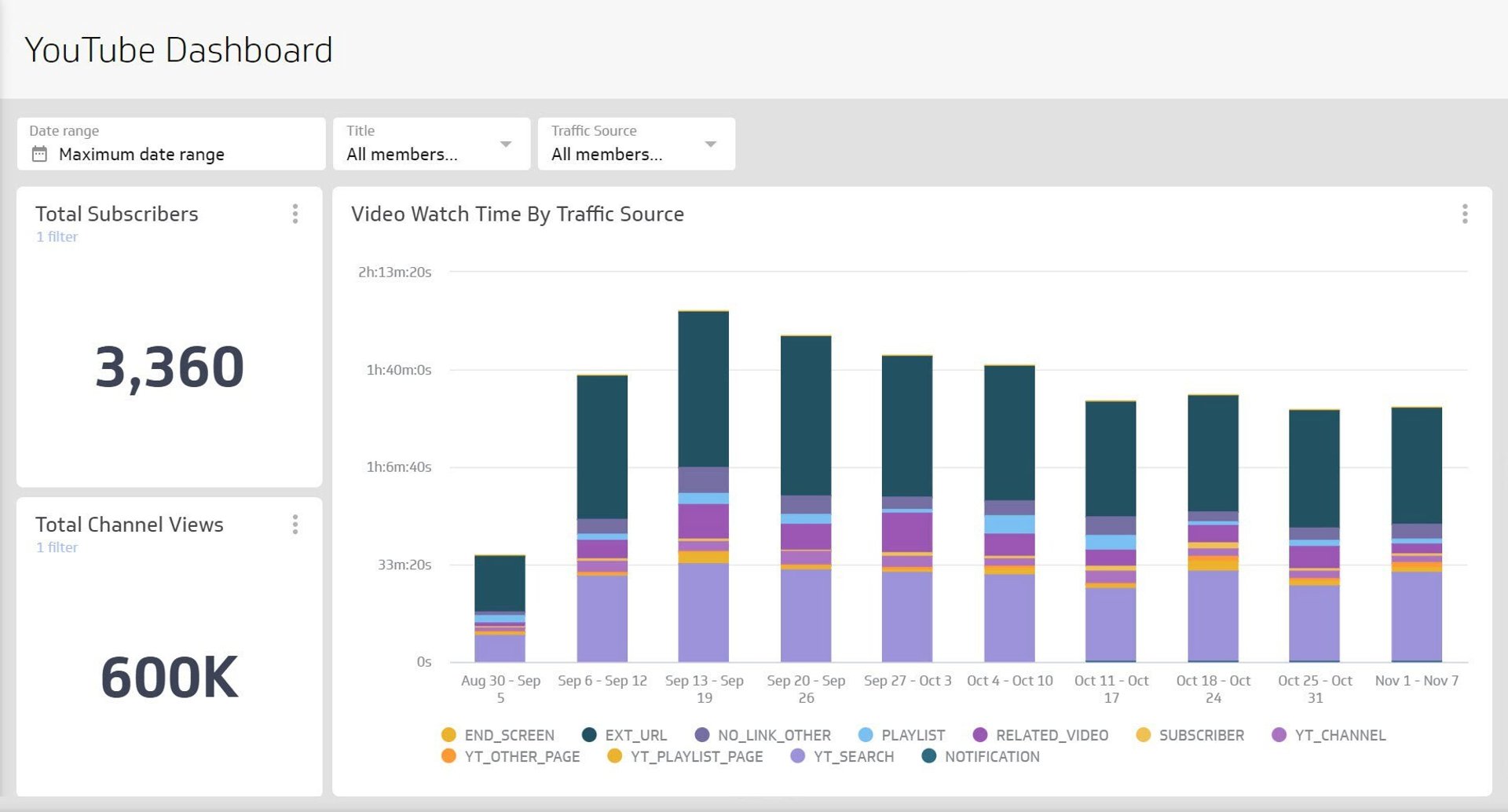How agencies are winning clients in the ever changing world of digital marketing

Published 2023-03-21
Summary - Marketers have to navigate an increasingly competitive landscape. Read more about how to lay the groundwork for a rock-solid client acquisition strategy.
The call to action on your website was successful - a prospective customer has requested more information about your product or service.
Great news! But now what?
Unfortunately, winning new business has no cookie cutter approach.
There is no doubt that it is an exciting yet challenging time for digital marketers, who are faced with navigating an increasingly competitive landscape. Marketing is fast-paced and ever-changing; becoming an expert in the field is key now more than ever, as expectations of agencies are at an all time high.
Regardless of the challenges you are faced with as a marketer working towards growing your portfolio of clients, there are a handful of key activities that will lay the groundwork for a rock solid client acquisition strategy.
Step 1: Listen first
The objective here is to establish a relationship and qualify if the opportunity is valuable before wasting anyone’s time.
The most successful agencies place emphasis on developing meaningful relationships with prospective clients. They understand that building these connections takes time, patience, and above all else, a dedication to active listening to the clients needs.
Once you have evaluated the customer’s needs, that is when you can speak to the value you can bring to them. Not the other way around.
Step 2: Dive into the details
Get to know your potential client by asking questions.
Ask why? Ask why again.
Gaining a deeper understanding of the customer’s pain points will allow you to get to the root of how your product or service can provide them value. Need some probing questions? Don’t be afraid to ask:
- What is your greatest marketing need? (SEO, PPC, conversion?)
- Where have you seen success in your past digital marketing efforts? Have you worked with an agency before?
- What are your monthly lead and/or sales goals?
- Have they determined their KPIs?
- Who are your top competitors and what is the number one thing that you can do better than them?
- Who is your main target market?
- What is your budget?
Step 3: Become an expert of your potential customer and their industry
Successful agencies understand that not only do they need to understand their client’s brand, they need to have an in-depth understanding of the industry in which the customer operates.
This means getting to know the challenges that face the industry.
How do other players in the field market themselves? What works? What are other agencies doing to support these industry players?
Once you have a full understanding of the industry, it’s time to dive into the company itself. You can do this by requesting access to the client’s Google Analytics account, allowing you to dig into the data more deeply.
Having a deeper understanding of the business and the industry in which it operates, will put you in a more favourable position as an advisor and master the art of marketing in that space.
Step 4: Make the pitch (and make it good)
Next step? Submit an awesome proposal.
Make sure you implement a framework that can be used across all proposals you create (this will save you time). By using a template and editing the key points that are relevant to the customer’s needs, you avoid leaving out important details and also ensure that the proposal is complete and personalized.
Try this for a pitch deck template:
- Slide 1: Welcome
- Slide 2: Who We are (History, Team)
- Slide 3: Our Track Record (Customers, Industry, Awards, Certifications)
- Slide 4: Our Unique Value Proposition
- Slide 5: Your Process
- Slide 6: Audit Results (website, ad, content)
Follow up after you deliver your pitch in order to reinforce your understanding of the client’s business and how you can add value.
Step 5: “Reheat” the ones that got away
We all have them - those “almost clients” that slipped through the cracks. Why not come back to them? The most important thing to remember is to keep it personal. You can do this by leveraging the relationship you started to build when they first expressed interest in your product; mention goals and targets they have, company or personal accomplishments - bottom line, show you care.
By mastering the balance personalized communication and sales, you will position yourself as an advisor and not as someone who is pushing your product.
Let’s be friends.
Kick-start your data-driven journey.
Request a Klipfolio Consultation
Chat with one of our team members to find out how Klipfolio can add value to your business
Find a partner
Check our our Klipfolio Partner Directory to find the perfect fit for your specific requirements
Related Articles

Top 10 Marketing Dashboard Ideas for Tech Companies

17 KPIs Every Data-Driven Manager Needs to Lead Their Team
By Danielle Poleski — October 14th, 2025
The top 12 metrics for social media managers
By Emily Hayward — December 11th, 2023

